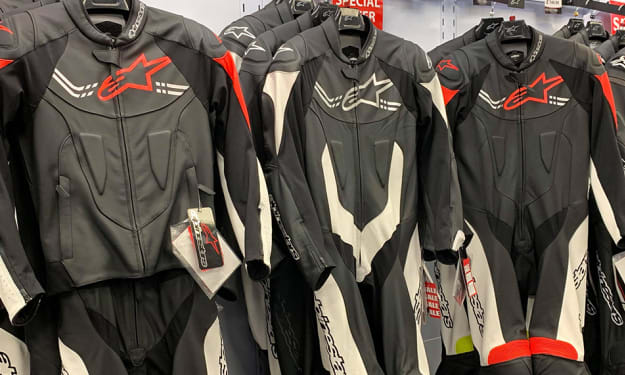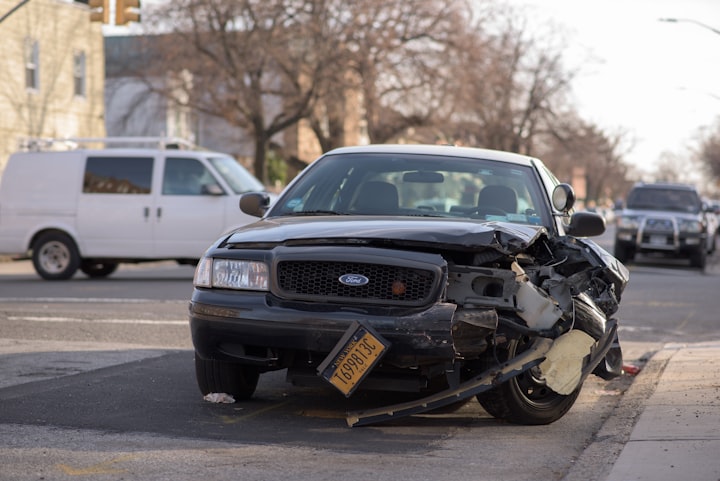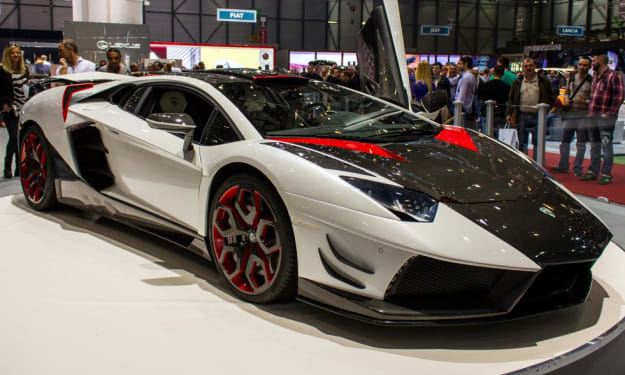
A survey of The Sunbeam Alpine Series 1 Sports Car, covering advancement, significant elements, and specialized information of this the third model in the Sunbeam range.
In this Article, I offer a nostalgic glance at the Sunbeam Alpine Series 1, one of a tip top gathering of exemplary vehicles mobile detailing, which was fabricated during the period 1959 to 1960.
In the time following WW2, the mantra of most British vehicle makers was to fabricate sports vehicles that would sell in huge numbers in the US market.
The Sunbeam Alpine Mark 1 and 3 was delivered somewhere in the range of 1953 and 1955, in which time a sum of 1,582 units were assembled.
Notwithstanding, despite the fact that it was, generally, essentially an altered cantina vehicle, individuals were all the while getting it.
Therefore, the head of Rootes Group understood that, if they somehow managed to offer an exceptionally constructed sports vehicle, it would track down a current and energetic market, particularly in the US.
He along these lines coordinated that another one was worked with an accentuation on style, solace, and execution.
To limit costs, the new Alpine was to utilize the most extreme number of parts conceivable from different models in the Rootes Group item range.
In like manner, it had the very suspension and wheelbase with that utilized in the Hillman Husky, a two entryway home vehicle, however with the front track expanded by 2.5 inches.
The steel body was of a monocoque development, and fused the floorpan, underbody, and all the wheel curves from the Husky.
The motor, grasp, and gearbox were equivalent to those utilized in the Sunbeam Rapier cantina.
In any case, the first chamber head from this 1.5 liter, overhead valve motor was supplanted with one made of aluminum which permitted the pressure proportion to be expanded from 8.5 to 9.2:1.
Joined with two Stromberg carburettors fitted to a composite complex, the three bearing driving rod motor currently expanded yield from 73 bhp of the Rapier to 78 bhp at 5000 rpm, and 89 ft/lbs of force at 3400 fires up.
A Laycock de Normanville overdrive unit, a separable hardtop, and wire wheels were all accessible as discretionary additional items.
It had a four speed, close proportion gearbox, and utilized Girling 9.5 inch plate brakes at the front, and 9 inch drums at the back.
The front free suspension utilized loop springs with adjustable dampers and an enemy of roll bar, while the back suspension utilized a live pivot with semi elliptic leaf springs and switch arm dampers.
As far as appearance, its low hat and back wings made an engaging wedge molded look.
A portion of its provisions included:
Two wide entryways which made for simple access
The hood could be put away effectively far away
Wrap up windows were included spot of the perspex sliding side screens utilized in different convertibles
From its dispatch in 1959 until 1962, Rootes Group subcontracted the get together to Armstrong Siddeley Motors.
Eventually, the new model was viewed as a checked improvement over its archetype, the Sunbeam Alpine Mark 3.
The Sunbeam Alpine Series 1 showed a specific similarity to the exemplary 1955-1959 Ford Thunderbird, which was not unexpected since its architects worked for Ford in Detroit prior to joining Rootes Group.
The new Alpine showed up in October 1959, and its presentation was on a standard with a considerable lot of its rivals, including the bigger engined Triumph TR3.
It was a two seater convertible that additionally had an incidental back seat office.
In any case, it actually needed to fight with hardened contest, specifically from its primary opponent, the MGA.
Truth be told, at the 1959 Motor Show, the MGA highlighted a bigger 1588 cc motor creating 79 bhp, in addition to the expansion of Lockheed plate brakes on the front.
In 1960, Rootes presented a restricted release, three entryway form of the Alpine, which was named a Shooting Brake.
Nonetheless, despite the fact that it wore pecan trim and a cowhide inside, it conveyed a sticker price double that of the convertible.
An aggregate of 11,904 units of the Series 1 were worked between October 1959 and October 1960, when it was supplanted by the Series 2.
This denoted the finish of the Sunbeam Alpine Series 1
Maybe this walk around a world of fond memories may have replied, or if nothing else shed light on, a potential inquiry:
Which Sunbeam Sports Car is Your Favorite?
Notwithstanding, should this inquiry actually stay unanswered, I will audit, in some detail, in later articles inside this site, the whole scope of Sunbeam sports vehicles which were highlighted in the critical time traversing 1948 to 1967.
I trust you go along with me in my nostalgic ventures "down sports vehicle a world of fond memories".





Comments
There are no comments for this story
Be the first to respond and start the conversation.